Punjab Lok Sabha Results: Insights for Political Parties and the People
Punjab's Electoral Anomaly: Defying the National Trend.
Defying the National Trend
The 2024 Lok Sabha elections in Punjab diverged significantly from the national narrative. While the BJP grappled with a fragmented mandate across India, necessitating a coalition government with NDA allies, Punjab stood resolute as an unconquered stronghold. In this electoral theater, the Congress emerged as the dominant force, securing seven out of thirteen Lok Sabha seats. Trailing behind, the Aam Aadmi Party (AAP) clinched three seats, with the Shiromani Akali Dal (SAD) managing to retain just one. Notably, independent candidates secured victories in Khadoor Sahib and Faridkot (SC), underscoring the enduring sway of local dynamics. Despite its nationwide gains and concerted campaigning efforts, the BJP faltered in Punjab, failing to secure a single seat.
Dissecting Electoral Dynamics: Vote Share vs. Seat Allocation
Analyzing the vote share percentages unveils a compelling divergence between popular support and actual representation. The Congress and AAP both secured nearly identical vote shares, standing at 26.30% and 26.02% respectively. However, this parity in popular mandate translated into a starkly contrasting outcome in terms of parliamentary seats: while the Congress clinched seven seats, the AAP secured only three. This glaring incongruity highlights the pivotal role of strategic campaigning and the nuanced distribution of votes across diverse constituencies.
Unveiling Voting Patterns: Insights into Party Performances
Of particular interest is the BJP's noteworthy performance despite its failure to secure a single seat. With its highest-ever vote share in Punjab at 18.56%, the BJP's electoral showing hints at a potential consolidation of the Hindu vote bank. Contesting sans its longstanding ally, the Shiromani Akali Dal (SAD), this outcome underscores the BJP's efforts to carve a distinct political niche in the state. Conversely, the SAD witnessed a dip in its Lok Sabha vote share, possibly marking its lowest-ever tally at 13.42%. Amidst this electoral tumult, independent candidates, buoyed by local and often panthic sentiments, collectively garnered 12.51% of the vote share. Their victories in constituencies like Khadoor Sahib and Faridkot (SC) underscore the enduring influence of regional dynamics on Punjab's electoral landscape.
Congress’s Triumph: Bajwa's Ascendancy
The Congress's notable performance in Punjab heralds a significant triumph for Pratap Singh Bajwa, the Leader of the Opposition in the Punjab Vidhan Sabha. Securing seven seats, though falling short of Captain Amarinder Singh's previous nine-seat victory in 2019, marks a substantial achievement, especially in light of the AAP government in the state. This electoral success presents Bajwa with a strategic opportunity to bolster his standing within the party.
Bajwa can leverage this triumph to craft a narrative of effective leadership, showcasing his ability to navigate through challenging political terrain and deliver results against formidable opponents. Furthermore, this victory strengthens his stake as a potential Chief Ministerial candidate for the forthcoming 2027 Vidhan Sabha elections. The successes of Charnajit Singh Channi (former CM), Sukhjinder Randhawa (former Deputy CM), and Raja Warring (current PPCC President), who are Bajwa's primary rivals within the state Congress, ironically, present an opportunity. Their election as MPs from Jalandhar, Gurdaspur, and Ludhiana respectively opens up space for leadership roles at the national level, potentially paving the way for an enhanced leadership position for Bajwa within Punjab's political landscape.
Furthermore, Bajwa can lay claim to credit for the defeat of Ravneet Bittu, the grandson of former CM Beant Singh, in Ludhiana. Bittu's defection from the Congress to the BJP and subsequent loss serves as a compelling testament to Bajwa's strategic acumen and ability to outmaneuver rivals, consolidating his foothold within the state's political landscape.
AAP's Electoral Setback: From Triumph to Caution
The Aam Aadmi Party's performance in the Punjab Lok Sabha elections stands in stark contrast to its resounding victory in the 2022 Vidhan Sabha polls. While securing three seats may initially appear commendable, the defeat of three sitting cabinet ministers signals a potential erosion of public confidence in the AAP-led Punjab government.
Despite attaining a vote share nearly on par with that of the Congress, the AAP's inability to translate this support into a proportionally higher number of seats raises legitimate concerns. While Meet Hayer's resounding victory in the prestigious Sangrur constituency, Chief Minister Bhagwant Mann's home district, offers a glimmer of optimism, the overall outcome starkly contrasts with the party's dominant triumph of 92 out of 117 seats just two years ago, in the 2022 Vidhan Sabha elections.
Several contributing factors likely underpin this decline. The AAP's internal difficulties, particularly the ongoing legal battles and the incarceration of its National Convener, Arvind Kejriwal, on money laundering charges in Delhi, loom large over the party. As a highly centralized entity, Kejriwal's absence and the potential for delayed decision-making may have impeded the AAP's campaign efficacy. Furthermore, the resurgence of the Congress in the state poses a formidable challenge. With the 2027 Vidhan Sabha elections looming, the AAP government in Punjab faces the imperative of addressing voter apprehensions and reclaiming lost ground to sustain its grip on power.
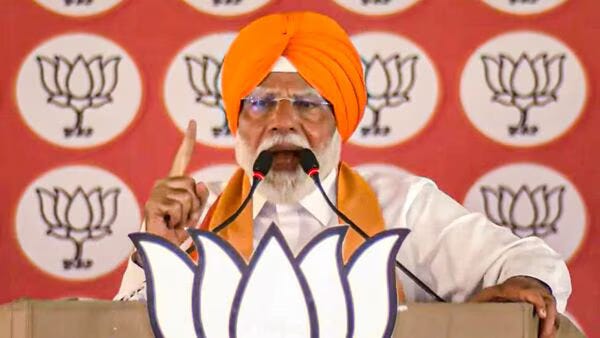
The BJP's Strategic Manoeuvre: Planting Seeds for Future Growth
Despite falling short of securing any seats, the BJP's performance in Punjab carries profound implications for the party's strategic trajectory in the state. Contesting independently after decades of alliance with the SAD, the BJP's remarkable 18.5% vote share, surpassing even the SAD's tally of 13.42%, signals a potential recalibration of the political landscape.
While victory remained elusive, the BJP showcased its burgeoning competitiveness by clinching robust second-place finishes in key constituencies such as Gurdaspur, Jalandhar, and Ludhiana, while emerging as a formidable contender in Patiala and Firozpur. This suggests a consolidation of the Hindu vote base and a receptive disposition among specific segments of the electorate towards the BJP's messaging.
Ties with the Sikh Community
Acknowledging the imperative of fostering closer ties with the Sikh community, especially in rural areas, the BJP appears to be adopting a more nuanced approach. The party recognizes that achieving significant electoral gains in Punjab goes beyond mere transactional engagements with the Sikh populace; it requires the cultivation of genuine goodwill. This was particularly evident in Prime Minister Modi's four public addresses in Punjab, spanning Patiala, Gurdaspur, Jalandhar, and Hoshiarpur.
The BJP's sustained emphasis on Punjab, a strategically vital border state, underscores its steadfast commitment to establishing a robust and enduring presence in the region over the long term. This concerted effort signifies the party's determination to bridge any existing divides and forge stronger connections with the people of Punjab, thus laying the groundwork for future electoral successes and broader socio-political engagement.
The Shiromani Akali Dal's Precarious Position: A Reckoning Amidst Rebranding
The Shiromani Akali Dal's lackluster performance, despite its rebranding as a "panthic" party, in the 2024 Lok Sabha elections paints a stark picture of its precarious position. Securing only a single victory through Harsimrat Kaur Badal in Bathinda, this near-complete defeat, despite severing ties with the BJP and embarking on independent contestation for the first time in decades, highlights a deeply troubling trajectory.
The loss of traditional strongholds, notably the rural constituencies of Khadoor Sahib and Faridkot, prompts a critical period of introspection within the SAD. The party's reliance on the Shiromani Gurdwara Parbandhak Committee (SGPC) for its political operations appears to have yielded adverse consequences, further diminishing the SAD's autonomy. The imminent Sikh Gurdwara elections present an imminent challenge, with the SAD facing the looming specter of a similar electoral setback should it fail to address internal fissures and realign with its core voter base.
The writing on the wall is clear: the SAD, once an indomitable force in Punjab politics, now confronts an existential crossroads. A recalibration of leadership and a resolute articulation of a progressive agenda are imperative for the party to even contemplate a path towards revival. The era of complacency is long past; the SAD must now embark on a journey of decisive action and strategic repositioning to reclaim its political relevance in the foreseeable future.
Unveiling Radical Voices: Interpreting Electoral Upheavals
The surprising victory of Amritpal Singh, a pro-Khalistan ideologue, in Khadoor Sahib, despite being detained under the National Security Act (NSA) in Assam, has reverberated across Punjab. His win, coupled with another such independent candidate's success from Faridkot (SC), might indicate a growing disillusionment with mainstream politics.
While unsettling, these outcomes do not necessarily signal a widespread separatist resurgence within the Sikh community. Instead, they represent a potent protest against the policies of established political parties. Rural voters, in particular, exhibit a discerning attitude, demonstrated by Simranjit Singh Mann's comprehensive defeat in Sangrur, a seat he previously won in a 2022 bye-election in Chief Minister Bhagwant Mann's home district, after the latter vacated the seat. This underscores an electorate that is not bound by any single ideology.
Mainstream parties confront the task of accurately interpreting these signals. Dismissing these victories as anomalies or labeling the victors as radicals without acknowledging the underlying grievances would be misguided. Even candidates with radical inclinations are bound by the Indian Constitution, having solemnly sworn an oath at the nomination stage. Therefore, political parties must prioritize rebuilding trust by actively engaging with the electorate, addressing their concerns, and presenting tangible solutions.
Towards Inclusive Governance: Responding to Electoral Discontent
The unexpected triumphs of independent candidates in Khadoor Sahib and Faridkot, reminiscent of discontent seen earlier in Punjab in the 1989 national elections, symbolize a vote of no-confidence in the current political establishment. These results reflect deep-seated disappointment, particularly in some districts of rural Punjab, with mainstream parties' failure to address their issues.
Attributing these outcomes solely to separatist tendencies oversimplifies the message. The electorate's dissatisfaction underscores rural distress, economic inequality, and limited opportunities. It serves as a warning to political parties and governments at all levels to address grievances to prevent further alienation and anti-establishment sentiments. However, winning candidates are still bound by the Indian Constitution. The electoral process offers a constructive outlet for dissent. Rather than marginalizing or labeling unconventional choices, there is an opportunity for engagement and integration. By addressing legitimate concerns, fostering dialogue, and creating inclusivity, Punjab can harness this electoral upheaval for positive change.
The Battle for Punjab Resumes: By-elections Pose Early Test for AAP
The resumption of the smaller electoral battles in Punjab becomes imminent with the upcoming by-elections in five crucial Punjab Assembly constituencies: Barnala, Gidderbaha, Dera Baba Nanak, Chabbewal, and Jalandhar West. These contests will be closely scrutinized, especially with four sitting MLAs now elected to the Lok Sabha, and one having resigned. For Bhagwant Mann's AAP government, still reeling from the defeat of three out of four cabinet ministers in the Lok Sabha polls, these by-elections shall pose a critical early test.
While Mann's leadership may not be immediately threatened, the results will undeniably serve as a referendum on his government's performance, at least from the perspective of the opposition. The message stemming from the Lok Sabha elections is unequivocal: the people of Punjab demand tangible action and concrete results, not merely lofty promises. Therefore, the AAP government must exhibit its capability to address pressing grassroots issues if it wishes to maintain its grip on power.
Furthermore, with a less dominant BJP at the center during its third term, speculations regarding potential political manoeuvres like "Operation Lotus" to destabilize the AAP government carry diminished weight. This scenario presents both an opportunity and a challenge for the AAP. Without the looming threat of external interference, the party shoulders the responsibility to deliver on its pledges and secure a renewed mandate based on its own merit and performance.
A Call for Unity and Action: Charting Punjab's Path Forward
Amidst the interlude before the next Vidhan Sabha elections, Punjab stands at a pivotal juncture, beckoning for introspection and proactive measures. Bhagwant Mann and the AAP government should seize this moment, recalibrating their focus towards governance and fulfilling electoral promises. Prioritizing constructive collaboration with the central government, notwithstanding potential ideological disparities, is paramount to secure resources and bolster Punjab's developmental agenda.
Granting the Bhagwant Mann-led administration greater elbow-space, liberated from excessive central oversight from the AAP headquarters in Delhi, would facilitate a more tailored governance approach. This autonomy would enable a responsive strategy attuned to Punjab's distinctive challenges and prospects. Additionally, it affords the AAP an opportunity to showcase effective governance models beyond Delhi, where the party has faced setbacks in the Lok Sabha elections, in spite of its alliance with the Congress party.
Summing up and Looking Forward
Nonetheless, the duty to foster a prosperous and cohesive Punjab transcends party lines and falls on all political stakeholders. Upholding Punjab's legacy of diversity and harmony must guide their actions. By prioritizing Punjab's welfare over partisan interests, stakeholders can engage in constructive dialogue and forge a collective vision for the state's future. United action is imperative to navigate Punjab's intricate political landscape and emerge fortified. The era of division has concluded; the time for concerted effort is now.

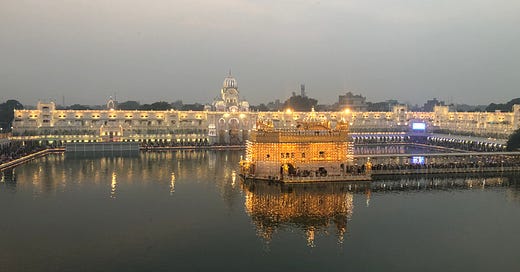




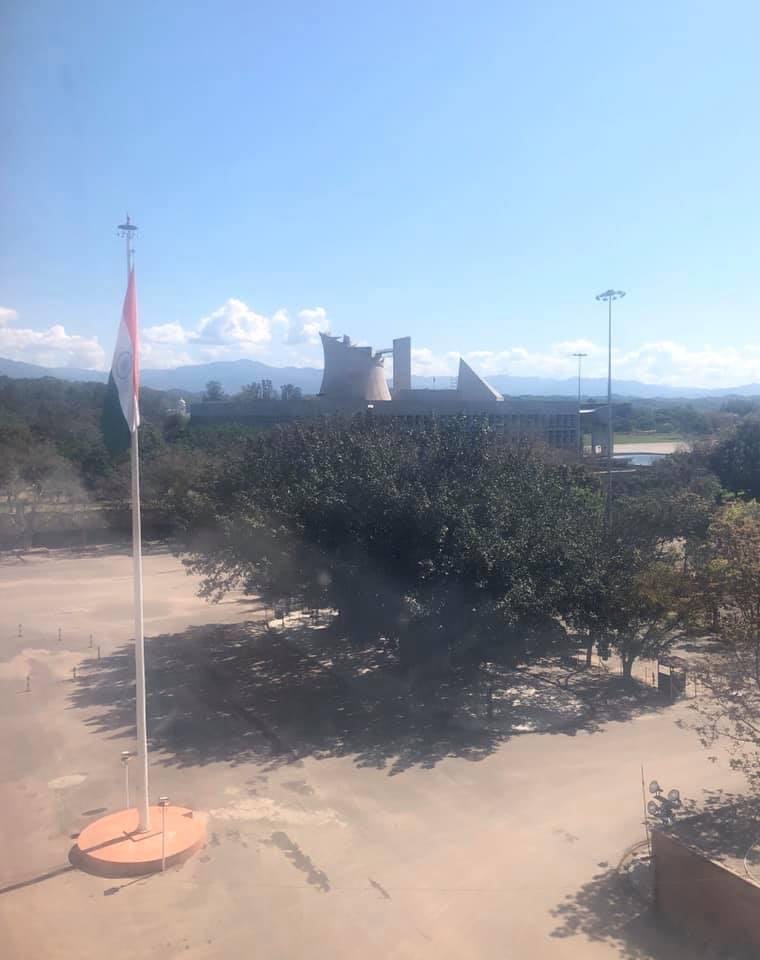
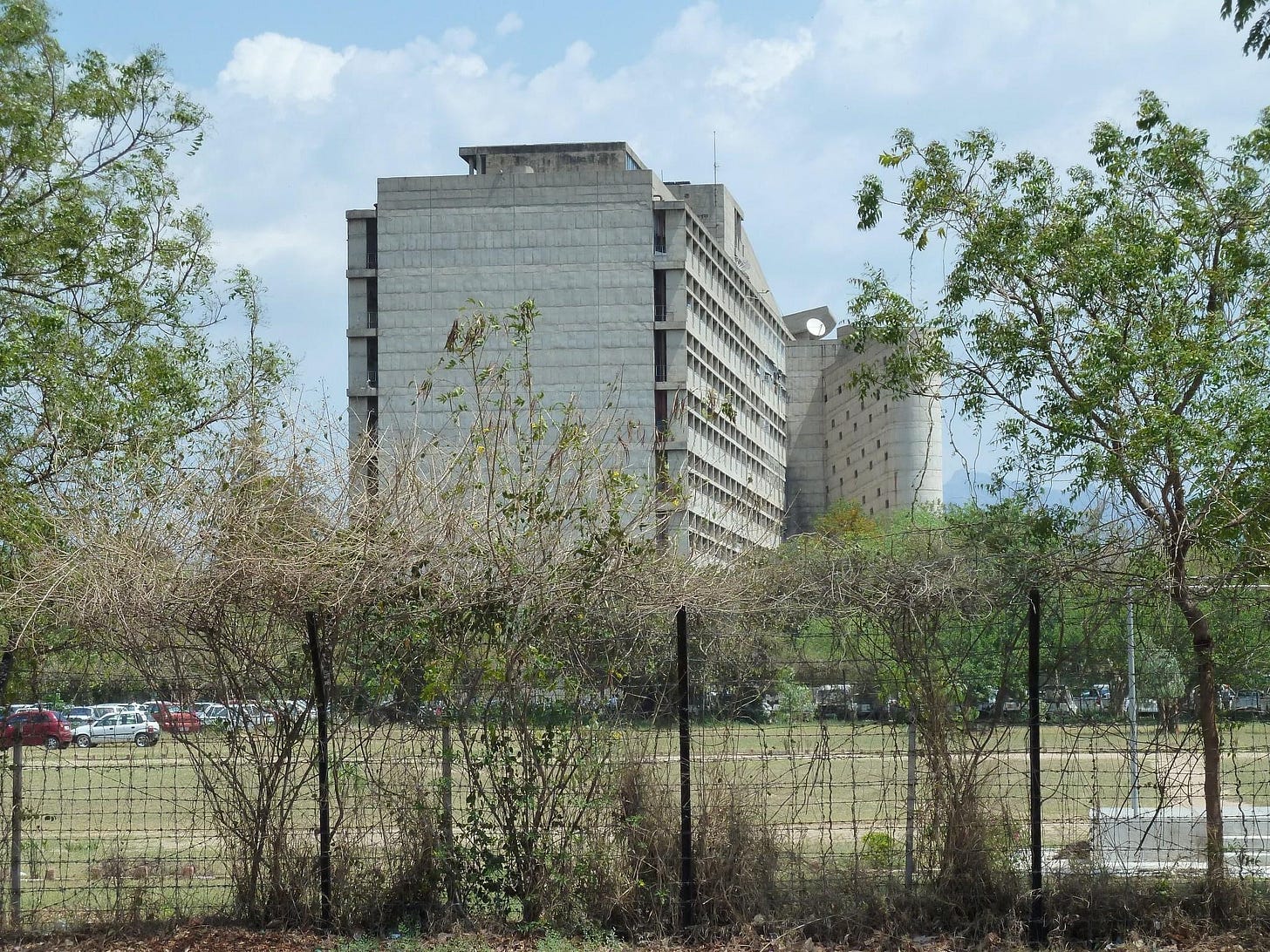
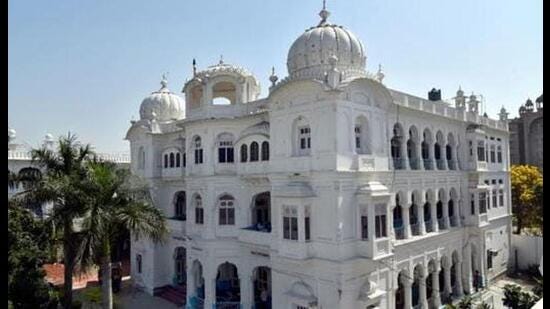

The best analysis of Punjab politics I have read in decades.